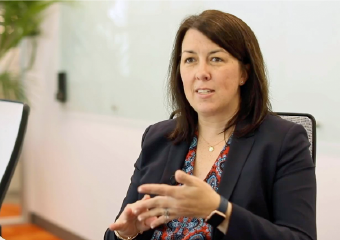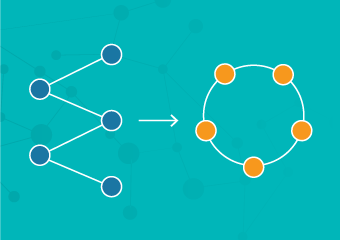Veeva’s Agile Design approach focuses on user acceptance early in the build process to make testing a non-event at the end.
User Acceptance Testing (UAT) processes have a clear impact on hitting study milestones. Lengthy UAT cycles are the second most common cause of database build delaysi and mistakes that slip through contribute to the $450,000 price tag and 61-day delay associated with the average protocol amendment.ii
User Acceptance Testing is the quality control process for EDC study builds, and they were relatively straightforward 20 years ago when EDCs were introduced. The advanced protocols and adaptive trials that are commonplace today make everything more complex — including UAT.
The Agile Design methodology replaces static, inefficient processes developed around legacy EDCs with iterative and interactive processes better suited to complex trials and sponsor/CRO collaboration. Many organizations using Agile Design with Veeva EDC complete UAT in a matter of days.
The Challenges
Siloed Reviews
- Conflicting requests
- Differing interpretations
- Lengthy email exchanges
- Time constraints
Serial Reviews
- Bottleneck from slowest reviewer
- Late stage executive input
- Misinterpreted requests
- Required regression testing
Data Volume
- Manual tracking of testing
- Complexities tracking checks with copied forms
- Individual test programs for complex checks
Live, Interactive Design Review & Decision Workshops
With Agile Design, users get hands-on access to casebook forms early in the process. Veeva brings study team members together, live and online, to get approvals and make updates in real-time. When everyone can see and evaluate changes together, the team makes better, faster, and more lasting decisions.



Eliminate Regression Testing with Study Difference Reports in Veeva EDC
Whether building a database for a new study or amending a current one, traditional UAT is a tedious process due in part to the volume of items to test.
Veeva EDC’s system-generated documentation gives teams the visibility and justification to test only what’s needed. Narrowing the fields and rules for testing saves significant time and effort.
Veeva’s Study Differential Report compares two studies or study versions and identifies all differences—everything added, removed, or changed. By comparing a current study with one that was previously tested, the report surfaces precisely what is new or changed and should therefore be tested.



Conclusion
Agile Design transforms a lengthy UAT process into a fast-paced, proactive activity involving all critical stakeholders. Design reviews occur during the build, which fosters better collaboration and decision making. Due to the cloud-based development environment, sponsors have direct access to the casebook throughout the entire build. Real-time visibility and collaboration eliminate the delays and miscommunication inherent in traditional UAT cycles.
Technology advances in Veeva EDC, such as the system-generated Study Differential Report, minimize the forms and edit checks that need review and testing. These changes make teams more agile and responsive to external demands and shrinking timelines.
ii Tufts Impact Report 2017 eClinical Landscape Study
